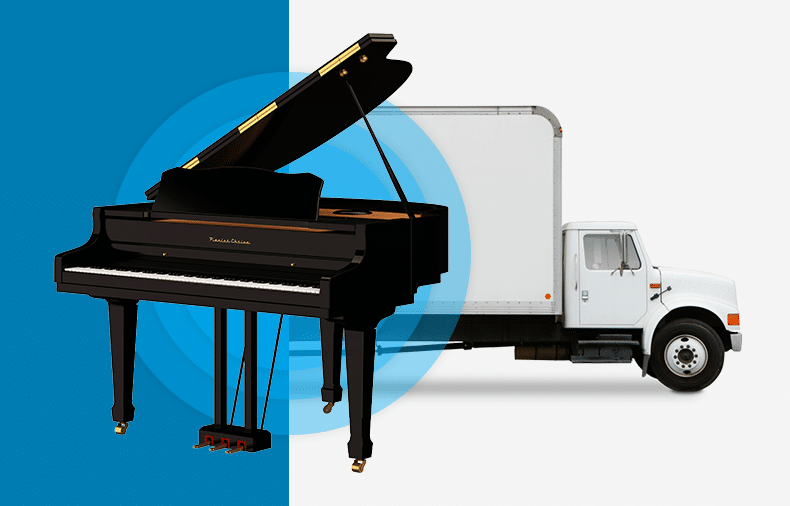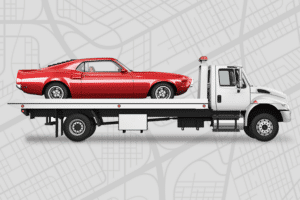Moving a piano is no small task. It requires specialized equipment, careful planning, and a team of skilled movers.
The right piano moving equipment ensures the safety of both the movers and the instrument. It also makes the process more efficient.
In this guide, we’ll delve into the must-have equipment for piano movers. We’ll cover everything from basic tools to advanced gear for complex situations.
Whether you’re a professional piano mover or a piano owner planning a DIY move, this guide will provide you with the knowledge you need.
Understanding Different Piano Types and Their Moving Needs
Pianos come in various types, each with its own moving requirements. The two main types are upright and grand pianos, including baby grand pianos.
Upright pianos are tall and heavy at the top, requiring careful balance. Grand pianos, on the other hand, are wide and low, with delicate legs that need special attention during the move. Understanding these differences is crucial in choosing the right moving equipment.
Essential Piano Moving Equipment

Regardless of the piano type, certain equipment is essential for a safe and efficient piano moving. This equipment is designed to protect the piano and make the moving process easier. An experienced piano mover will have this equipment, but the DIYer probably won’t … at least not all of it.
- A heavy-duty piano dolly is crucial for transporting both upright and grand pianos. It helps distribute the piano’s weight and makes it easier to move. Costs vary, but you’re looking at about $1,000.
- A piano skid board is used for moving pianos. It protects the piano’s delicate structure during the move. They cost about $200 and serve a different purpose than a dolly.
- Locking straps and moving pads secure the piano during transport and prevent damage. A decent set is about $40.
- Hump straps are used for lifting and maneuvering the piano over stairs or uneven surfaces. These can be purchased for a few bucks up to $50, depending on what you want.
- Protective covers or blankets shield the piano from scratches and dents during the move. Depending on how big your piano is, you’ll need a few, and you’re looking at a minimum of $50.
Specialized Equipment for Grand Piano Movers
Moving a grand piano requires some specialized equipment. This is due to its unique structure and size.
- A grand piano skidboard is essential. It provides support to the piano’s structure during the move. $200.
- Leg dollies or piano shoes are used to move individual legs of the grand piano. They cost about $50 each for the bigger 2” wheels (don’t go smaller), and you’ll need at least three, depending on how many legs your piano has.
- Moving straps specific to grand pianos are used to secure the piano during transport. These straps are designed to handle the weight and shape of grand pianos. ~$50-ish.
Safety and Protection Gear

Safety should always be a priority when moving pianos. This includes protecting both the movers and the instrument.
- Gloves provide a better grip and protect the piano’s surface from fingerprints and scratches.
- A ramp is crucial for safe and efficient loading and unloading of the piano onto the moving vehicle. It reduces the risk of injury and damage to the piano. If you’re renting a moving truck, ask if the ramp is removable so you can use it to navigate obstacles beyond the truck.
Advanced Moving Tools for Complex Situations
Sometimes, piano moving requires more than just the basic equipment. Certain situations call for advanced tools.
- A tilt-back dolly is useful for navigating tight spaces with an upright piano.
- A crane or hoist may be necessary to move the piano through a window or balcony.
- Stair-climbing dollies can be a lifesaver when dealing with stairs, especially for heavier pianos.
Again, professional piano movers will have all the necessary tools, skill, and person-power to make the seemingly impossible, possible.
Preparing for the Move
Proper preparation is key before the actual move. This includes measuring and planning. Ensure the piano will fit through doorways and staircases.
In some cases, disassembling parts of the piano, such as the lyre, legs, and music rack, may be necessary. Always remember to use proper wrapping and securing techniques to protect the piano during transport. Experienced piano movers on uShip will know how to properly wrap your instrument and will come with all of the proper packaging and equipment needed.
After the Move: Tuning and Placement
Once the piano is safely moved, it’s time for tuning and placement. Pianos often need tuning after a move due to shifts in calibration. It’s often best to wait at least a few days before getting the instrument tuned to allow it to climatize.
Also, consider the piano’s placement in the new location. Use a floor plan to determine the best spot for the instrument, if available.
When to Call in the Professionals
Moving a piano can be a daunting task. When you realize it’s too much to take on yourself, uShip makes it easy to get quotes from multiple carriers in one easy-to-use place. It’s free to post your move and see what it would cost to have the pros navigate that 40-step staircase with your baby grand in tow.
Piano moving of any kind is hard, but the carriers on uShip have the experience and the right equipment to ensure a smooth and safe move.



